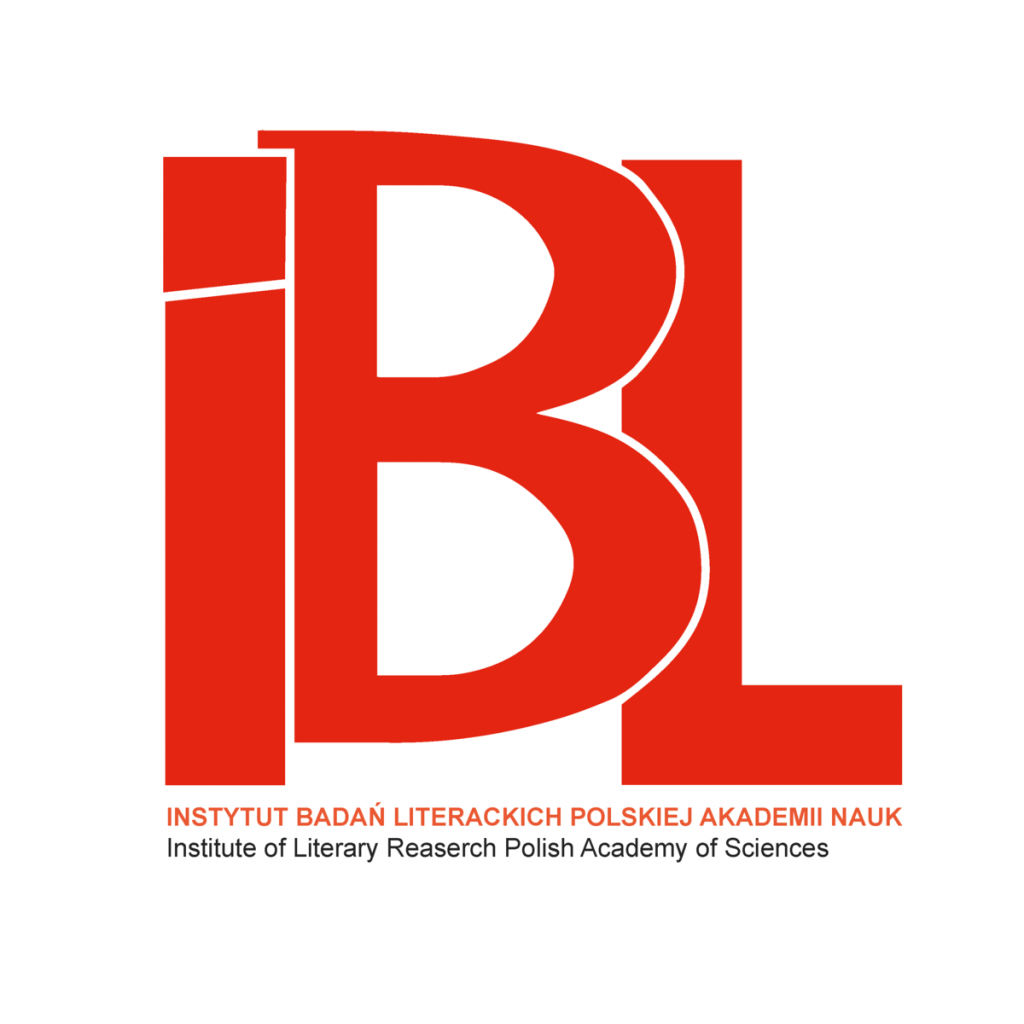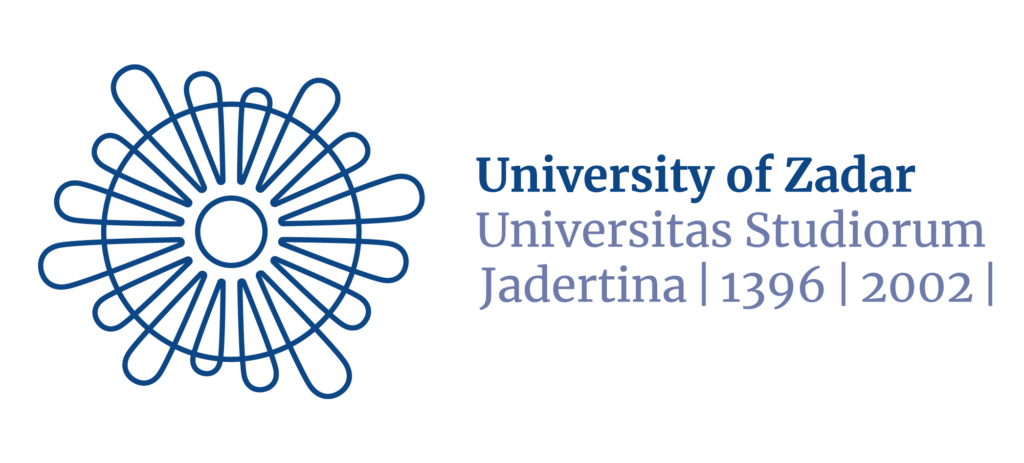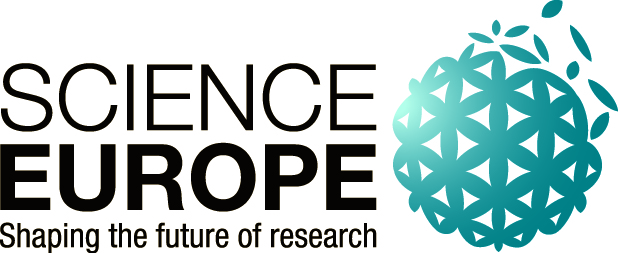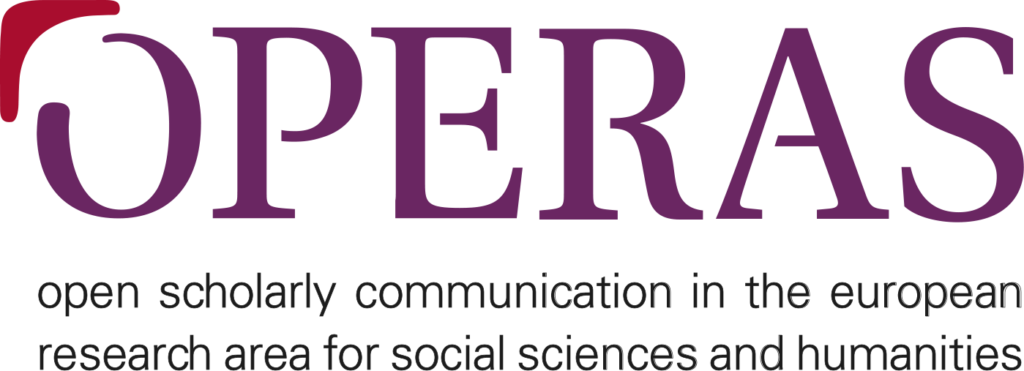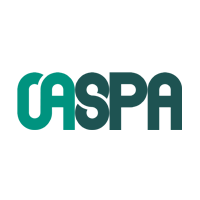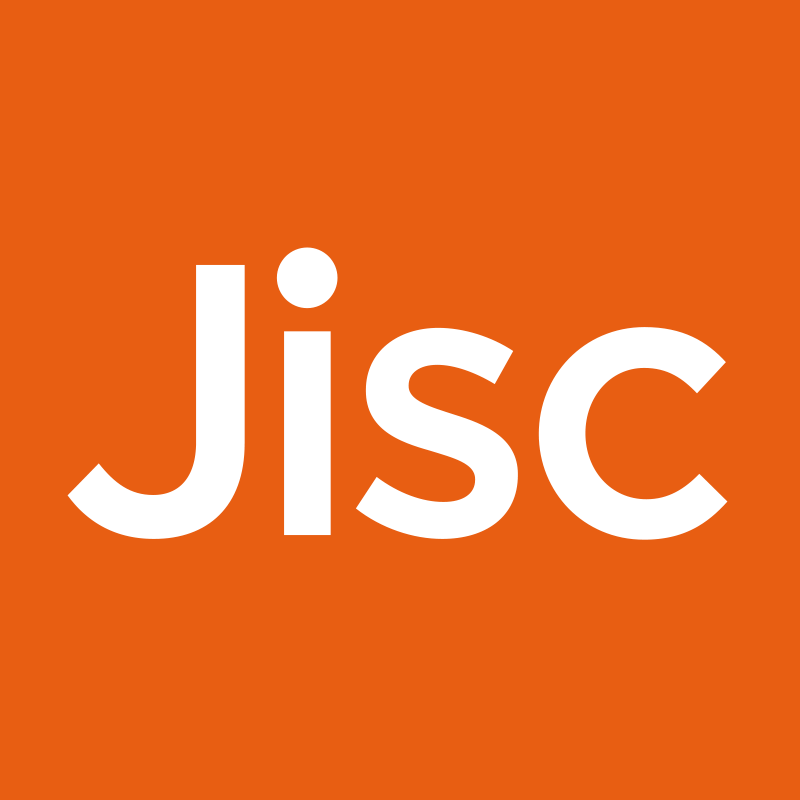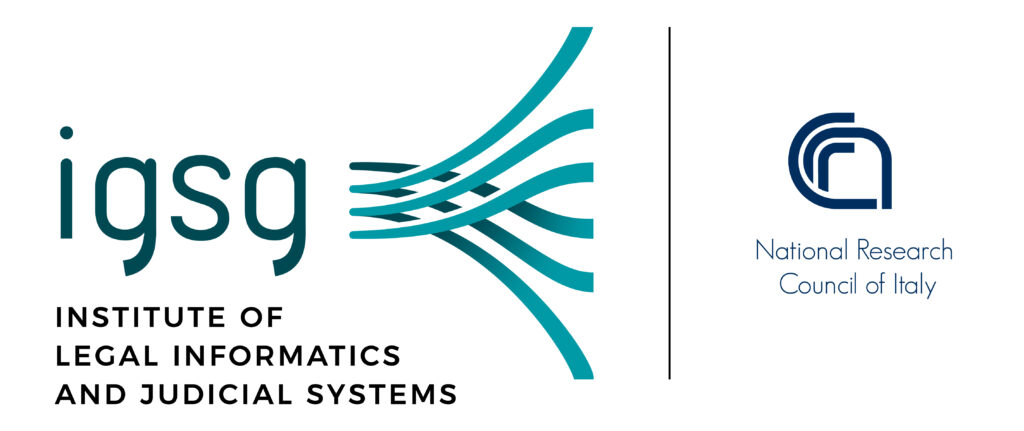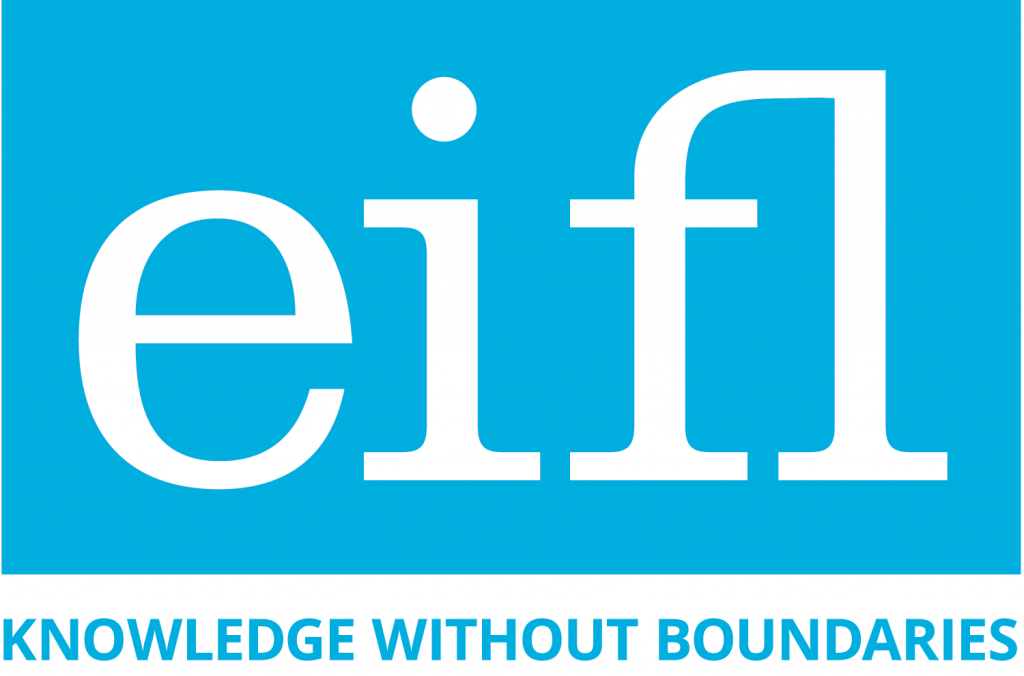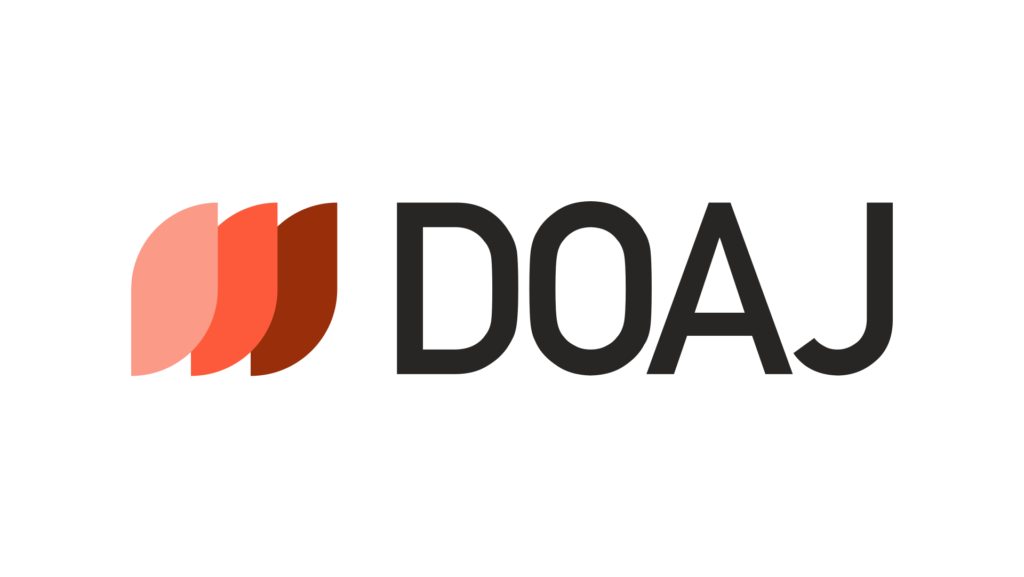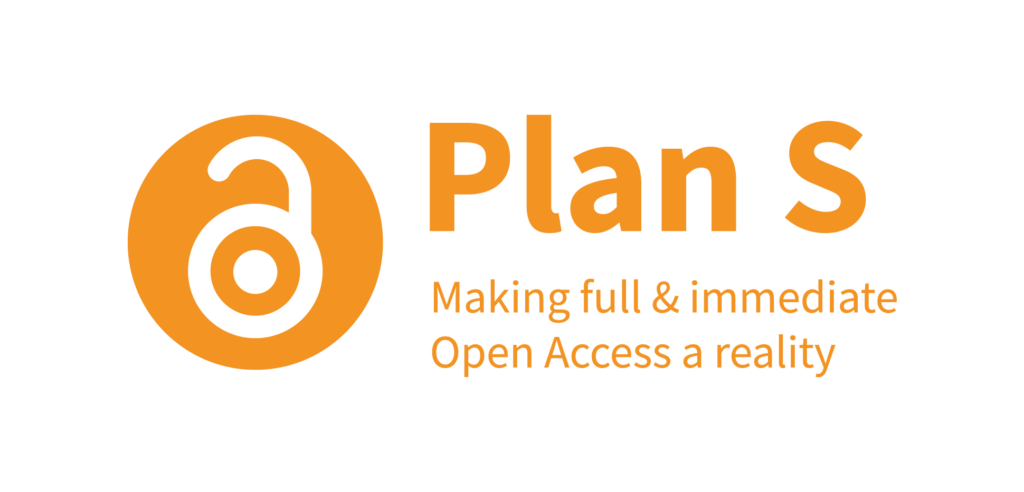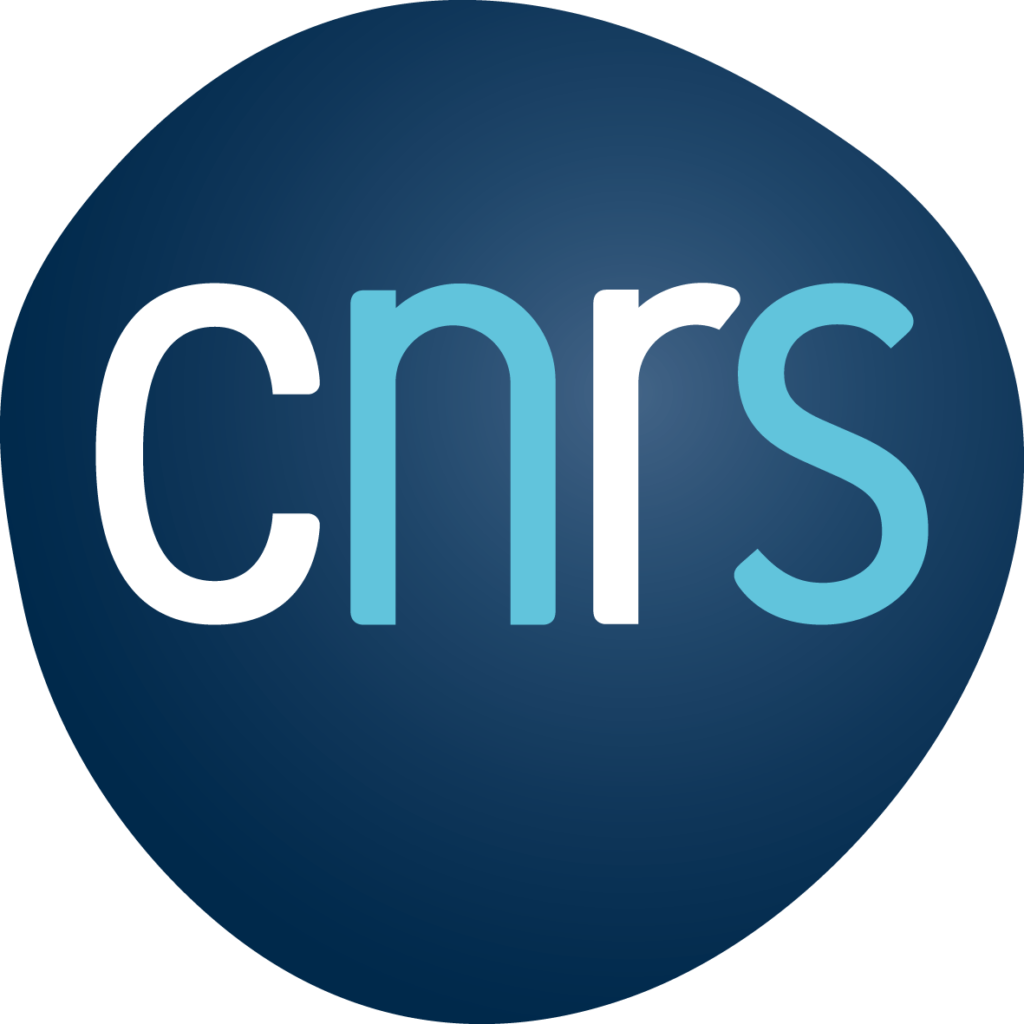Read the DIAMAS Best Practices Report which compiles quality evaluation criteria and assessment systems for institutional Open Access publishers and service providers collaborating with them
DIAMAS plans to improve Open Access publishing practices. To do so, we will create Extensible Quality Standard for Institutional Publishing (EQSIP), which aim to ensure the quality and transparency of governance, processes and workflows in institutional publishing. The Best practices report is an initial step in this process.
The report is based on an analysis of existing quality evaluation criteria, best practices, and assessment systems in publishing developed by international publishers’ associations, research funding organisations, international indexing databases, etc (full dataset available here). If you are an institutional publisher, a service provider involved in Open Access publishing, or a journal editor, this report can help you learn about current best practices and identify where you need to align.
Our recommendations and tips cover seven categories, which are also the core components of the Extensible Quality Standard for Institutional Publishing (EQSIP): 1) Funding; 2) Ownership and governance; 3) Open science practices; 4) Editorial quality, editorial management, and research integrity; 5) Technical service efficiency; 6) Visibility; and 7) Equity, Diversity and Inclusion (EDI).
A self-assessment checklist summarises the best practices outlined in the report. Institutional publishers, service providers and journal editors can use it to get an idea of the future Extensible Quality Standard for Institutional Publishing (EQSIP), and assess their current practices and see where to make improvements.
Our best practice report supports the vision of the Coalition for Advancing Research Assessment that the assessment of research, researchers, and research organisations should recognise the diverse outputs, practices, and activities that maximise the quality and impact of research. This means basing assessment on qualitative judgment, for which peer review is central, supported by responsible use of quantitative indicators. Doing so reduces the dominance of a narrow set of quantitative journal and publication-based metrics and their inappropriate uses in research assessment. Moving away from using metrics like the Journal Impact Factor (JIF) and Article Influence Score (AIS) as proxies for quality and impact is central to this shift.
Check out other DIAMAS deliverables at our Zenodo community.





